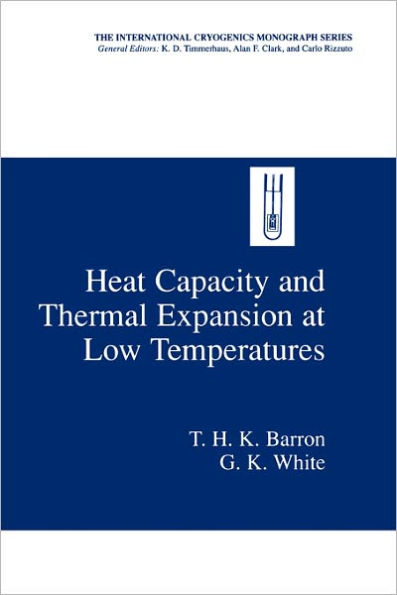5
1
9780306461989


Heat Capacity and Thermal Expansion at Low Temperatures / Edition 1 available in Hardcover

Heat Capacity and Thermal Expansion at Low Temperatures / Edition 1
- ISBN-10:
- 0306461986
- ISBN-13:
- 9780306461989
- Pub. Date:
- 06/30/1999
- Publisher:
- Springer US
- ISBN-10:
- 0306461986
- ISBN-13:
- 9780306461989
- Pub. Date:
- 06/30/1999
- Publisher:
- Springer US
169.99
In Stock

Product Details
| ISBN-13: | 9780306461989 |
|---|---|
| Publisher: | Springer US |
| Publication date: | 06/30/1999 |
| Series: | International Cryogenics Monograph Series |
| Edition description: | 1999 |
| Pages: | 338 |
| Product dimensions: | 6.10(w) x 9.25(h) x 0.03(d) |
From the B&N Reads Blog
